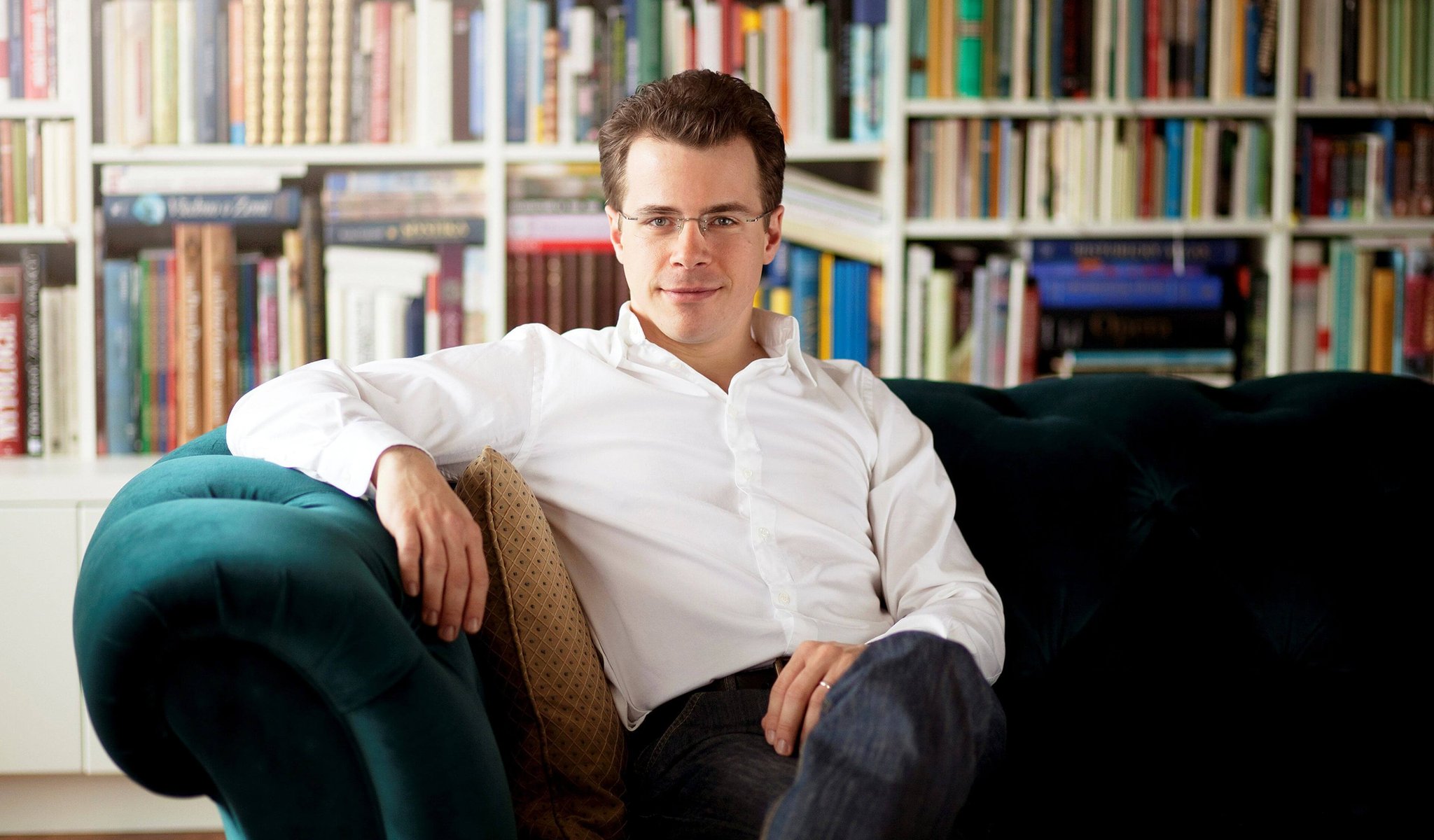

Program
Featuring
Other information
The event is about 2.5 hours long.
About the event
A Czech conductor, three Czech composers and a Czech violinist: in other words, a Czech concert. The program features Janáček’s most unique opera, The Cunning Little Vixen, in suite form, followed by a piece which can also be regarded as a violin concerto, Fantasy by Dvořák’s son-in-law, Suk. The solo will be performed by Jan Mráček: known for his precise intonation, phenomenal musicality and technical skill, critics have compared him to virtuosos like Joshua Bell and Itzhak Perlman. The program wraps up with Martinů’s first symphony, composed in his later years. Jakub Hrůša, a dedicated messenger of Czech music, holds leading positions at the Bamberg Symphony and Covent Garden. President of the International Martinů Circle and The Dvořák Society, Hrůša was named conductor of the year by Opus Klassik in 2023, and received three nominations for the 2024 ICMA award.
You may have wondered how some comics might lend themselves as subjects for a great opera. Well, Leoš Janáček did just that! The serial story published as a comic in the 1920s featured animals created by Prague-based painter Stanislav Lolek and poems by Rudolf Těsnohlídek. This was transformed into a libretto by the composer, who added the breathtaking natural world of the High Tatras in Moravia – resulting in The Cunning Little Vixen. Despite the title, this is not an opera for children. A highly complex work in terms of harmony and motifs, the piece deals with the circle of life and death, liberty, love, motherhood and a return to nature. And while Janáček never used the opera to produce a suite, dedicated conductors have done so time and again to increase the popularity of this piece of music whose history was filled with twists and turns.
Josef Suk’s 1903 Fantasy was composed at a particularly carefree time, yet is a piece characterized by rather dark tones, and poses several challenges to its violin soloist. The title refers primarily to the format of the piece, which combines the sonata form with multiple movements in one musical flow. The opening motif is present in the piece from beginning to end, and while its intervals undergo change, its rhythm and form make it recognizable throughout. The energetic first part is connected by horns to the next section, alternating between lyrical song and folksy fun. Following dizzying changes in chromatics and modes, the finale concludes with the return of the opening motif.
Following the 1942 premiere of the piece, Serge Koussevitzky, who commissioned Martinů’s first symphony said, “Not a single note may be changed. This is a classic symphony!” The conductor was so enthusiastic that he ordered five more symphonies from the composer. To critics, Martinů’s first symphony, produced at the mature age of fifty-two, made the composer a worthy successor of Smetana, despite Martinů’s own statements that he had previously felt ill-equipped to tackle the genre. Incorporating multiple types of music, the piece includes some recurring parts, including the dissonant brilliance of the opening movement, which is encountered again in the third movement, full of contrasts and centered on the English horn. In the second movement, a lyrical passage sung on the oboe is flanked by rapid marching. Finally, the hard, rhythmic finale wraps up with one of the most exciting conclusions of the century.
Did you know? Janáček’s Suite premiered on November 6, 1924 in Brno, with František Neumann conducting; Suk’s Fantasy in G minor premiered in Prague on January 9, 1904; Martinů’s Symphony No. 1 premiered in Boston on November 13, 1942, with Serge Koussevitzky conducting; the Budapest Festival Orchestra most recently performed Janáček’s Suite on March 30, 2002 (conductor: Oue Eiji); this will be the orchestra’s first performance of the other two pieces.
Contemporary events: Russian author Mikhail Bulgakov completed his novel The White Guard in 1924; only excerpts of the work were allowed to be published during the author’s lifetime / American artist Man Ray produced his photograph Ingres’s Violin in 1924 / Italian composer Ottorino Respighi composed his piece Pines of Rome in 1924 / French painter Henri Matisse painted Luxury, Peace and Pleasure in 1904 / Polish author Stefan Żeromski published his novel Ashes in 1904 / Italian composer Giacomo Puccini’s opera Madama Butterfly premiered at La Scala in Milan on February 17, 1904 / French poet Louis Aragon’s collection of poems Elsa’s Eyes was published in 1942 / American painter Edward Hopper completed his painting Nighthawks in 1942 / The Soviet army overpowered and encircled the German army at Stalingrad (today’s Volgograd) on November 22, 1942 / Russian composer Sergei Prokofiev’s String Quartet No. 2 premiered in Moscow on April 7, 1942